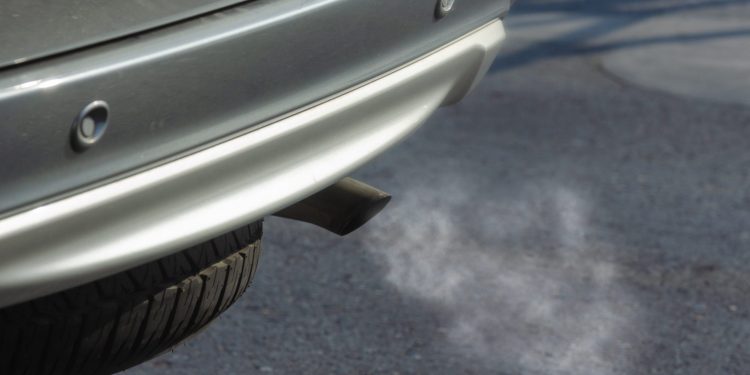MIA says more work is needed to reduce vehicle emissions
Words: Harrison Wade
The latest Health and Air Pollution in New Zealand (HAPINZ) report suggests that more can be done to reduce vehicle emissions in New Zealand.
The Motor Industry Association (MIA) welcomes this report with Principal Technical Advisor, Mark Stockdale saying “The main problem is caused by emissions from existing older vehicles, so focussing on replacing older cars with electric and low-emissions vehicles is the quickest way to improve air quality.”
“Where that’s not feasible, the MIA would support a timely transition to higher vehicle exhaust emission standards which would also help.”
The MIA says a transition needs to be managed so it does not adversely disrupt the supply of new low-emissions models.
“Moving from Euro 5 to Euro 6 emissions standards for new petrol vehicles offers no improvement in air quality outcomes. While there is an improvement in air quality by moving from Euro 5 to Euro 6 for new diesel-powered vehicles, over 60 percent of new light vehicles sold are petrol-engined,” Stockdale says.
Since the last HAPINZ report was published in 2012, the vehicle fleet has grown by nearly a million vehicles, up from 720 vehicles per 1000 people in 2012 to over 800 per 1000 today.
Over 1.2 million used vehicles have been imported in the past decade, which only needed to meet an equivalent Euro 4 emissions standard compared to Euro 5 for new cars.
Stockdale added, “Unlike transitioning from Euro 5 to 6, there is an improvement in air quality by moving from Euro 4 to 5 so it would make sense to update the emissions standards to Euro 5 or equivalent for used imports.”
Last year, there was a 94 percent increase in vehicles sold with some form of electrification, totalling over 25,000 units.
The MIA believes that the uptake of new electric and hybrid vehicles will provide the biggest gains in reducing harmful emissions from the transport sector.





